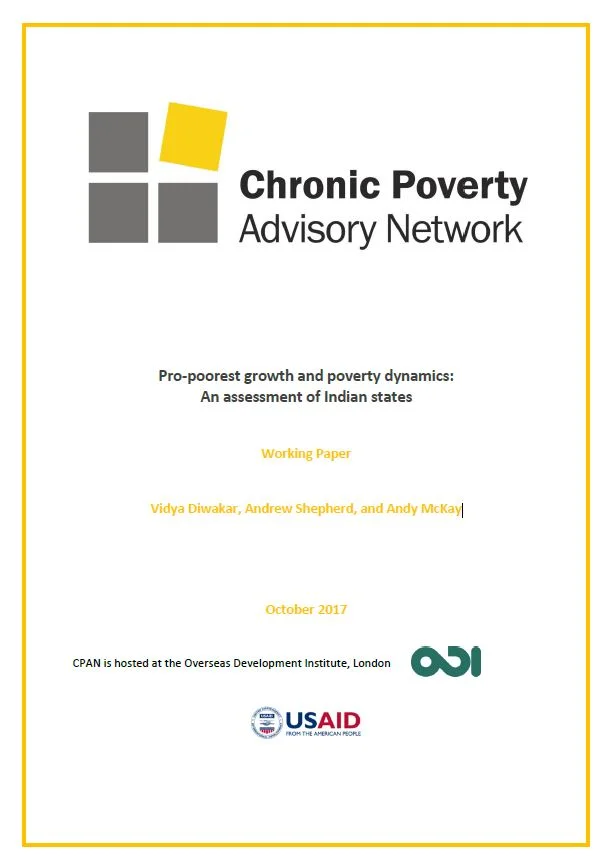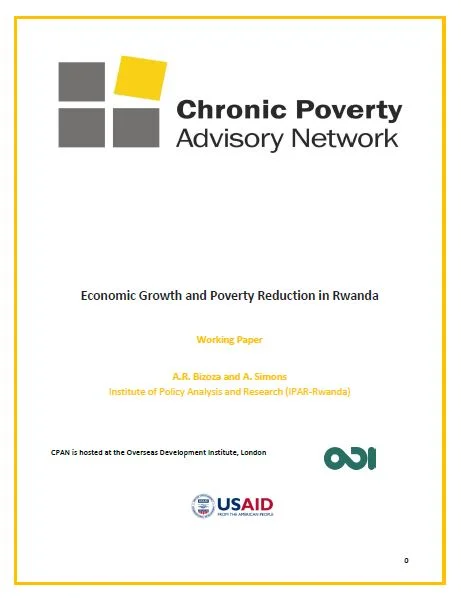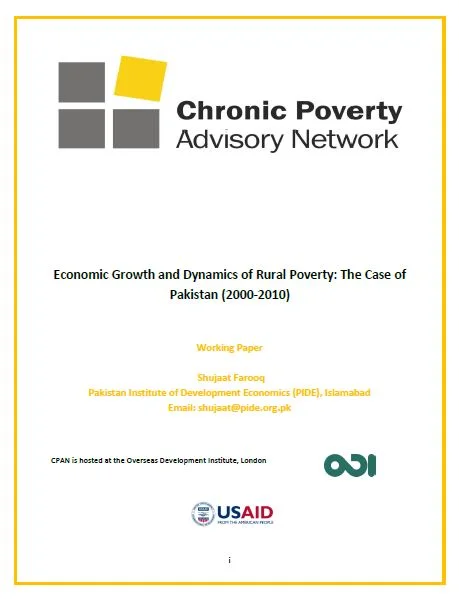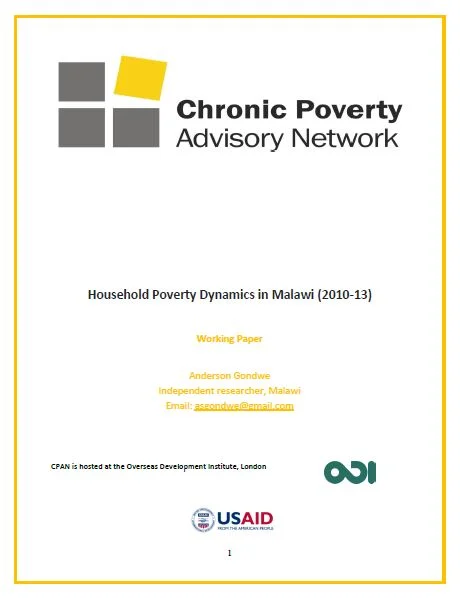Growth reduces poverty on average, but within the ‘net’ reduction of poverty there are household or individual trajectories in both directions around the poverty line as well as a degree of chronic poverty (and people never in poverty). This paper presents initial findings on the relationships between growth, growth incidence across the income distribution and those poverty dynamics in India, a set of relationships which has never previously been investigated.
It seeks to answer the following questions:
What does the analysis of household panel data tell us about the nature, dynamics and magnitude of growth amongst the chronically poor, those escaping poverty sustainably, those escaping poverty transitorily, and those becoming impoverished?
What relationships (if any) exist between patterns of poverty dynamics and growth incidence along the income distribution?
Can we identify cases of ‘immiserizing growth’ (IG)- where there is negative income growth for the bottom 20% of the population- and its distributional characteristics?
What are the major policy and non-policy factors which lie behind the patterns of growth incidence and poverty dynamics observed, and what policy implications may be drawn?
As a result of the analysis, we observed that while India as a whole has relatively low rates of chronic poverty and positive growth, large variations exist on a state-level. In fact, while most Indian states showed positive income growth for the bottom 20% of their populations between 2005 and 2011, only a few stand out as having growth above the mean for the poorest, while yet others are visibly immiserized in their income distribution. Our analysis of patterns of growth and poverty dynamics in PP2G states furthermore revealed that these states benefit from a set of factors conducive to their positive income distributions. Looking forward, in a situation of slower growth compared to the survey period, it is likely that poverty reduction will not keep apace. In this setting, policies that seek to promote income growth of the poorest is essential in efforts to ensure that the chronically poor are not left behind but can be active agents in the growth process.
Authors: Vidya Diwakar, Andrew Shepherd, and Andy McKay





